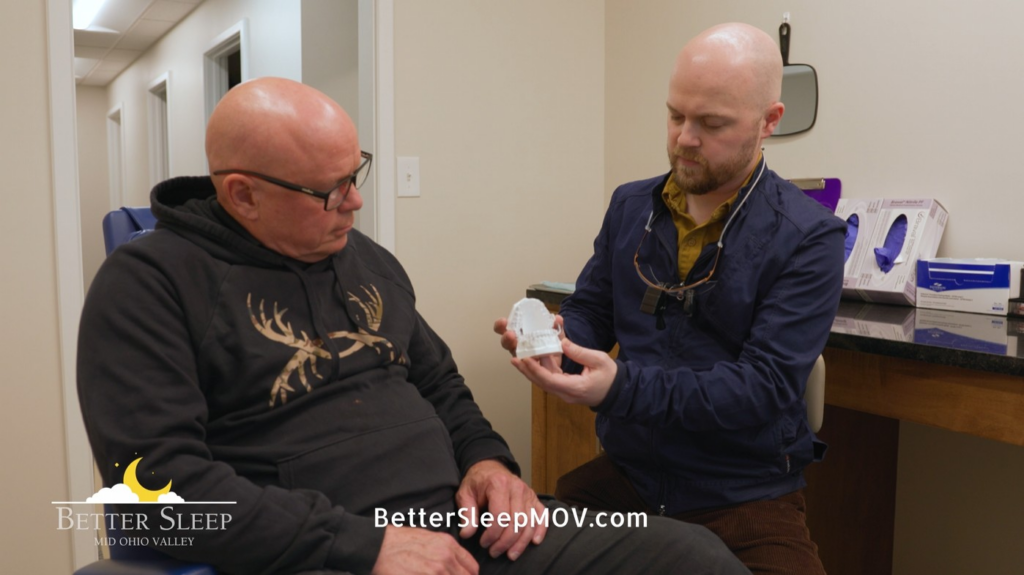Sleep apnea is a serious sleep disorder that affects many people. It can disrupt your rest, lead to health problems, and lower your quality of life. If you’ve been diagnosed with sleep apnea, or think you might have it, managing the condition properly is essential. One approach to managing symptoms is to adjust your sleeping position. Some people wonder if sleeping while sitting upright can help. This article will explain sleep apnea, how sleeping positions can make a difference, and whether sitting upright is a good option.
What is Sleep Apnea?
Sleep apnea happens when your breathing repeatedly starts and stops during sleep. This can occur for two main reasons:
- Obstructive Sleep Apnea (OSA): This is the most common form and happens when a physical blockage, such as relaxed throat muscles, prevents air from passing through.
- Central Sleep Apnea (CSA): This form occurs when the brain doesn’t send the right signals to the muscles that control breathing.
Symptoms of sleep apnea often include loud snoring, waking up gasping for air, feeling tired during the day, or having restless sleep. If you suspect sleep apnea, getting a diagnosis and treatment plan from a doctor is important.
Why Sleep Position Matters
Your body position while you sleep can have a big impact on sleep apnea symptoms, especially for people with OSA. Some positions can help keep your airway open, reducing snoring and interruptions to breathing. Others can make the problem worse.

What’s the Best Sleeping Position for Sleep Apnea?
According to sleep expert Dr. Luke Bauserman, the best position for most people with OSA is sleeping on your side. Here’s why:
- When you sleep on your back, gravity pulls your tongue and soft tissues toward the back of your throat, which can block your airway.
- Side sleeping keeps your airway open and reduces the chances of tissue collapse.
If you’re worried about rolling onto your back while you sleep, you can use a body pillow or a wedge pillow to help stay on your side. Many people find side sleeping to be a comfortable and highly effective way to ease symptoms.
Can Sleeping Upright Help?
Some people wonder if propping themselves up in bed or sleeping in a chair can help manage sleep apnea. While sleeping upright isn’t usually the first choice, it can work as a temporary solution in certain situations.
Pros of Sleeping Upright
- Better Airway Support: Gravity works to keep your airway open when you’re sitting up, which can reduce the number of breathing interruptions during the night.
- Helpful in Specific Cases: For people who find side sleeping difficult, sleeping upright might provide some symptom relief.
Cons of Sleeping Upright
While upright sleeping has some benefits, there are also drawbacks, including:
- Neck and Back Pain: Sitting up for long periods can strain your neck and back.
- Joint Stiffness or Discomfort: Staying in the same position all night can lead to stiffness in your joints.
- Blood Clots: Being in a seated position for too long can increase the risk of blood clots, especially if you have limited mobility.
Dr. Bauserman suggests reclining at about a 40-degree angle, instead of sitting straight up, to reduce strain while still keeping the airway open.
Is Sleeping in a Chair a Good Idea?
Sleeping in a chair might help reduce symptoms for some people with OSA. However, it’s not as effective as side sleeping and tends to be less comfortable in the long run.

- For Obstructive Sleep Apnea: While sitting up may provide temporary relief, it doesn’t offer the same natural airway support as side sleeping.
- For Central Sleep Apnea: Sleeping upright is unlikely to help much because this type of sleep apnea is caused by brain signaling issues, not airway blockages.
If you rely on a chair for short-term relief, it’s still a good idea to explore more permanent treatments, such as CPAP therapy or lifestyle changes.
When Sleeping on Your Back is the Worst Option
If there’s one position to avoid with sleep apnea, it’s lying flat on your back. This position is the most likely to cause your tongue and soft tissues to block your airway, making your symptoms worse. If you struggle to stay on your side, try using positional aids like a wedge pillow or special sleep apnea pillows designed to keep you from rolling over.
Snoring and Sleeping Positions
If snoring, rather than sleep apnea, is your primary concern, elevating your upper body slightly with a wedge pillow or adjustable bed can help keep your airways open and reduce the noise.
That said, if snoring is accompanied by symptoms like interrupted breathing or daytime fatigue, it may be a sign of sleep apnea and should be evaluated by a doctor.
How to Choose the Best Sleeping Position for You
Adjusting how you sleep can have a big impact, but the “best” position depends on your personal needs. Here are a few things to think about:
- Type of Sleep Apnea: If you have OSA, sleeping on your side is ideal. But if you have CSA, positional changes may not be enough, and you should consult a healthcare provider for other options.
- Existing Health Issues: If you have conditions like back or joint pain, reclining might be more comfortable than lying fully upright.
- Comfort and Support: Use pillows, adjustable beds, or other aids to make sure you’re comfortable and maintain the right position throughout the night.
Treating Sleep Apnea Holistically
Changing your sleep position can help, but it’s rarely a complete solution. For most people, managing sleep apnea involves a combination of strategies:

- CPAP Therapy: A CPAP machine delivers a steady stream of air to keep your airway open while you sleep.
- Oral Appliances: Devices designed to reposition your jaw can improve airflow and reduce apnea episodes for people with OSA.
- Lifestyle Changes: Losing weight, quitting smoking, and avoiding alcohol before bed can all reduce sleep apnea symptoms.
- Medical Consultation: Regular visits to a sleep specialist ensure you’re getting the best treatment for your situation.
Dr. Bauserman emphasizes that treating sleep apnea usually requires a holistic approach that looks at sleep position, lifestyle, and medical therapies together.
Final Thoughts
Sleeping upright can be helpful in reducing symptoms of obstructive sleep apnea, but it’s not a long-term solution and is generally less effective than sleeping on your side. If you find side sleeping uncomfortable, reclining at an angle might offer some relief without the downsides of sitting up completely.
For chronic or severe sleep apnea, it’s important to consult a doctor and explore treatments like CPAP therapy, lifestyle changes, or oral appliances. With the right strategies, you can manage your sleep apnea and improve your quality of life.

If you’re considering positional changes to manage your sleep apnea, consult a specialist like Dr. Luke Bauserman of Better Sleep MOV located in Parkersburg, WV. With the right guidance, you can find a solution that improves both your sleep quality and overall health.
Proudly Serving: Marietta, OH, Parkersburg, WV, Mineral Wells, OH, Athens, OH, Vienna, WV, St. Marys, WV, Wheeling, WV, Huntington, WV, Charleston, WV, Clarksburg, WV, Morgantown, WV, Zanesville, OH, Coshocton, OH, Lancaster, OH, Chillicothe, OH

